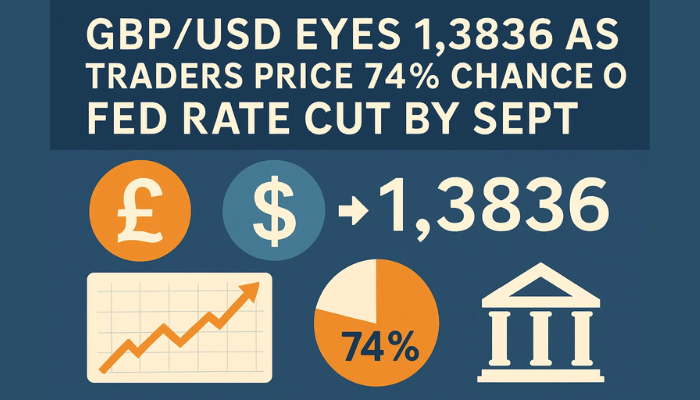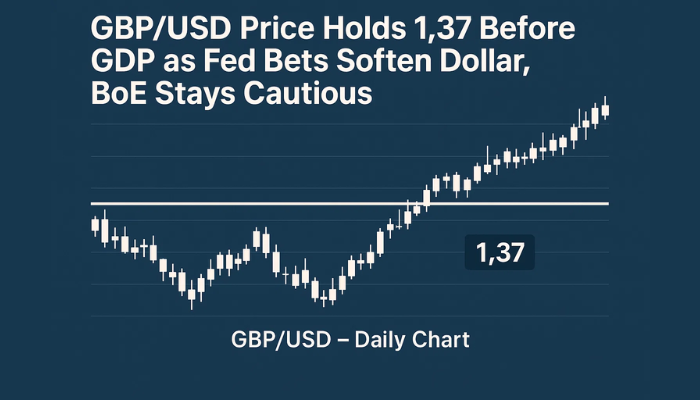British Borrowing, Public Spending Climb Higher Amid Brexit Uncertainties
Public sector borrowing soared to 9.4 billion pounds in September, significantly higher than the 8.8 billion pounds during the same period l

According to data released by the Office for National Statistics, public sector borrowing soared to 9.4 billion pounds in September, significantly higher than the 8.8 billion pounds during the same period last year. On the positive side, the figure has come in less than the 9.7 billion pounds forecast by economists.
Over the first six months of the fiscal year starting in April, public sector borrowing climbed 21.6% higher to 40.3 billion pounds than in the corresponding period a year ago. The figures point to the government missing the goal of restricting borrowing to less than 2% of GDP in 2020-21, as public spending keeps rising.
Government spending on public has risen 5.4% higher so far this year even as tax revenues have increased by only 2.8% during this time. Meanwhile, finance minister Sajid Javid is widely expected to further drive public spending higher, a worrying sign for the economy.
While Brexit negotiations continue within the British government, analysts expect the British economy to see tax revenues decline significantly as trade gets impacted after its departure from the European Union. According to estimates by a think tank, UK in a Changing Europe, Britain stands to lose around 49 billion pounds a year in tax revenues after leaving the EU.
- Check out our free forex signals
- Follow the top economic events on FX Leaders economic calendar
- Trade better, discover more Forex Trading Strategies
- Open a FREE Trading Account


